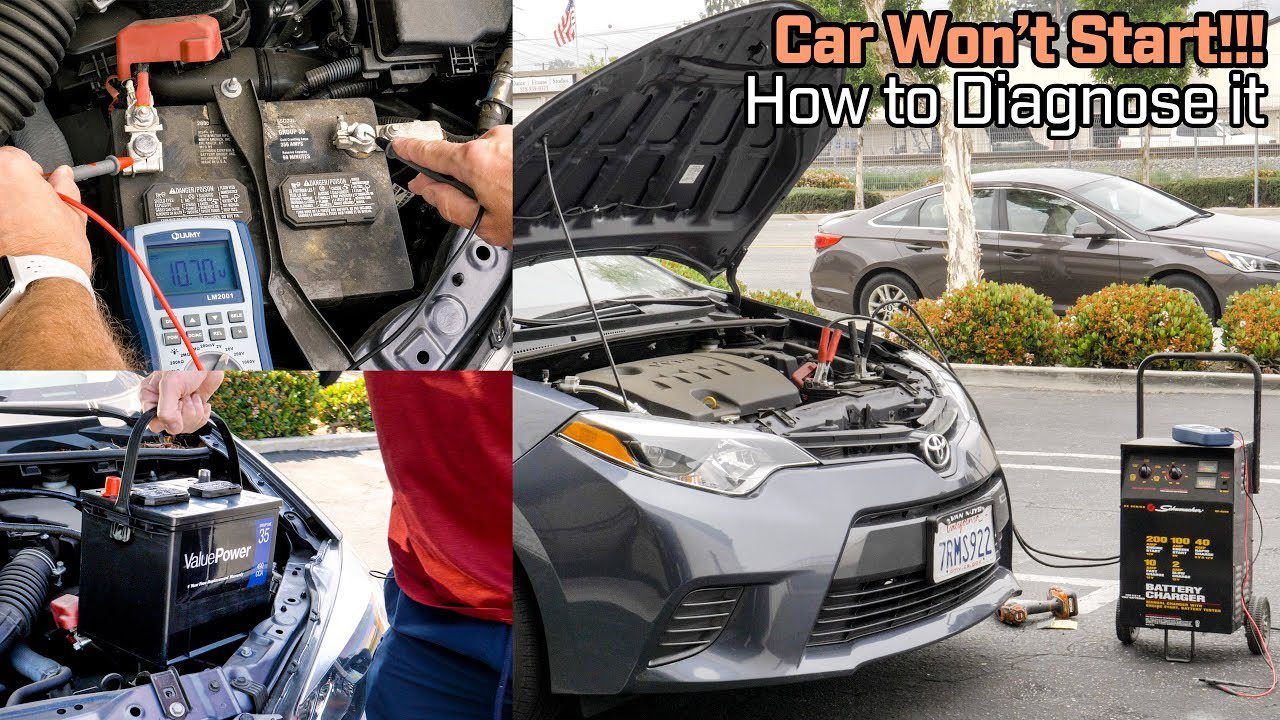Table of Contents
1. Introduction
🚗 Is your car refusing to start? Before panicking or calling a tow truck, the problem likely lies in one of three components: the battery, starter, or alternator. This guide will help you diagnose and fix the issue yourself, saving time and money.
2. Quick Diagnosis: Battery, Starter, or Alternator?
🔍 How to Identify the Culprit
A. Dead Battery Symptoms
- 🪫 Dim headlights or interior lights.
- 🔊 Rapid clicking noise when turning the key.
- 🔋 Battery warning light on the dashboard.
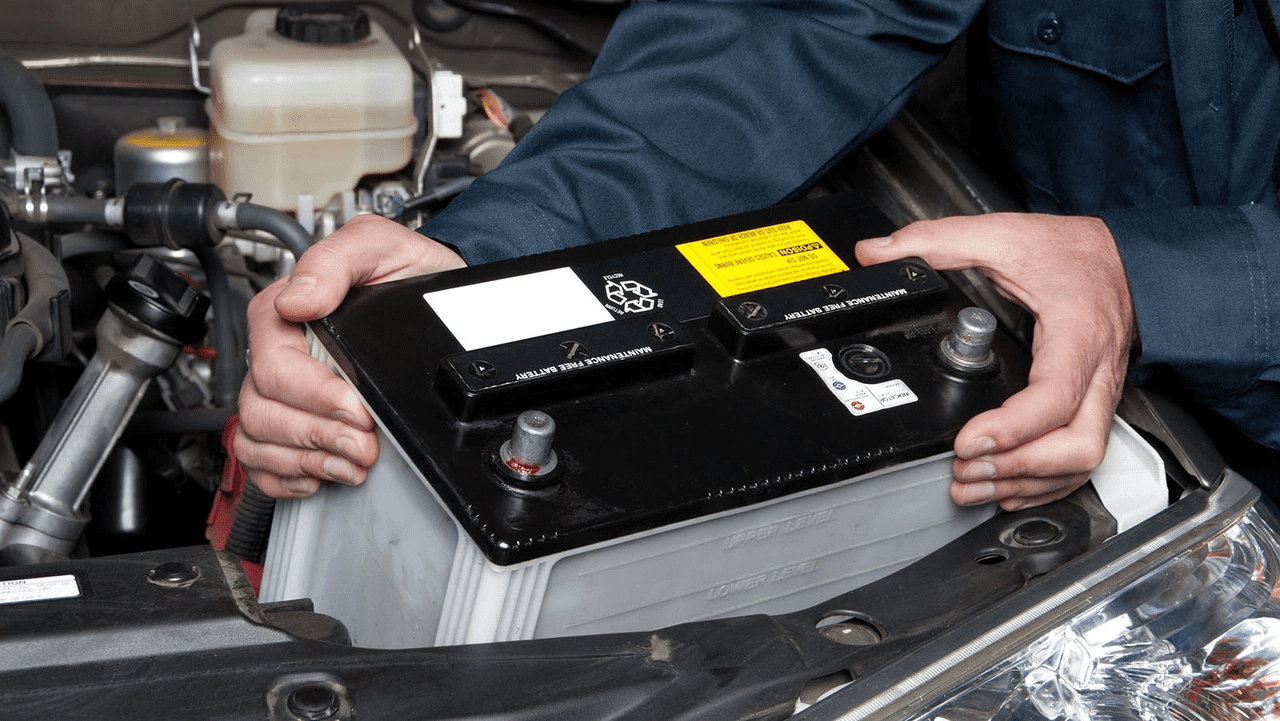
B. Faulty Starter Symptoms
- 🔇 Single loud click or complete silence when cranking.
- 🔥 Burning smell near the starter.
- 🚫 Engine cranks slowly or not at all.
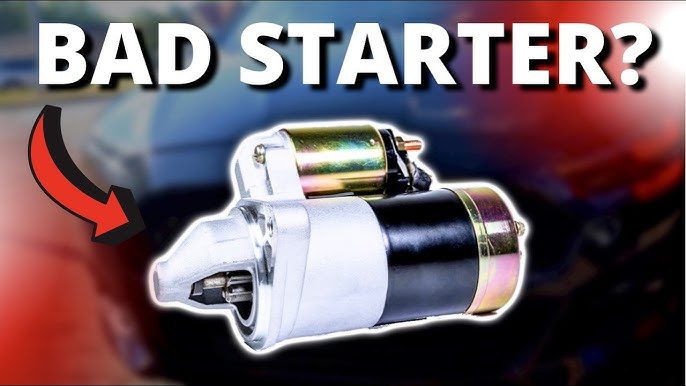
C. Alternator Failure Symptoms
- 💡 Flickering headlights or dashboard lights.
- 🔋 Dead battery even after jump-starting.
- 🔊 Whining or grinding noise from the engine.
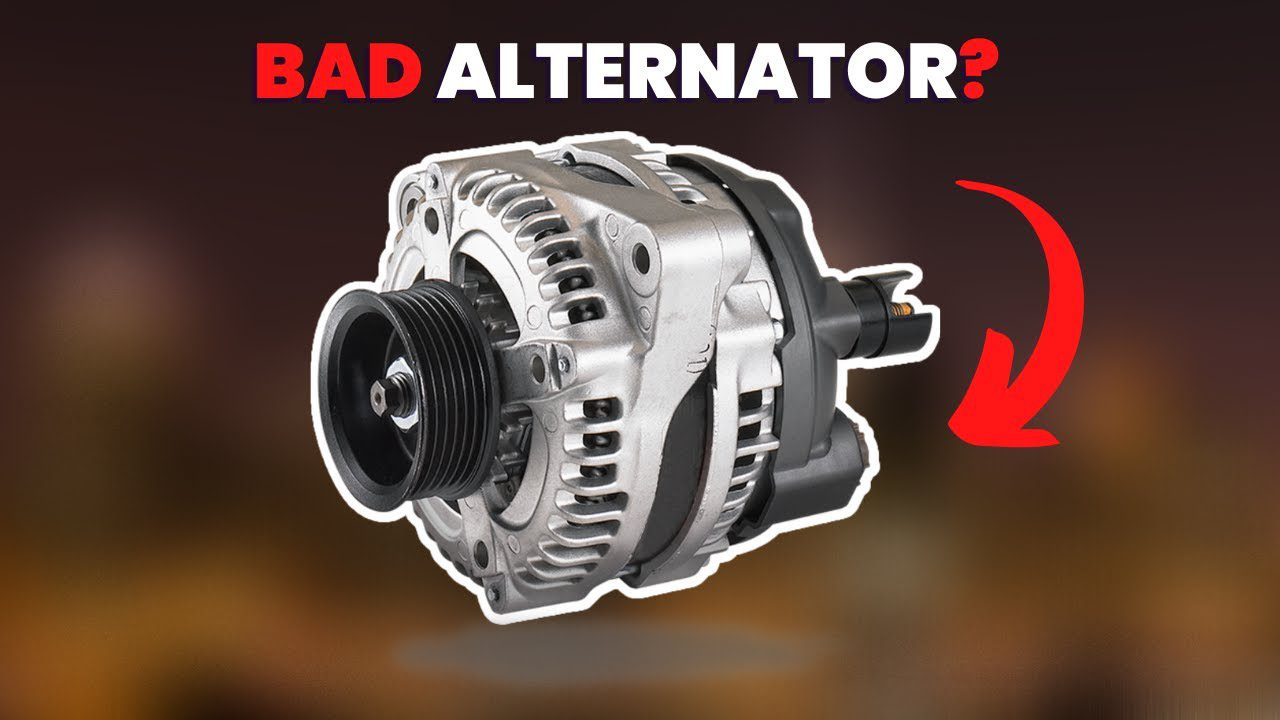
3. Fixing a Dead Battery
🔋 Revive or Replace Your Battery
Step 1: Clean Corroded Terminals
- 🧼 Mix baking soda and water to scrub terminals.
- 🔗 Disconnect negative (-) cable first, then positive (+).
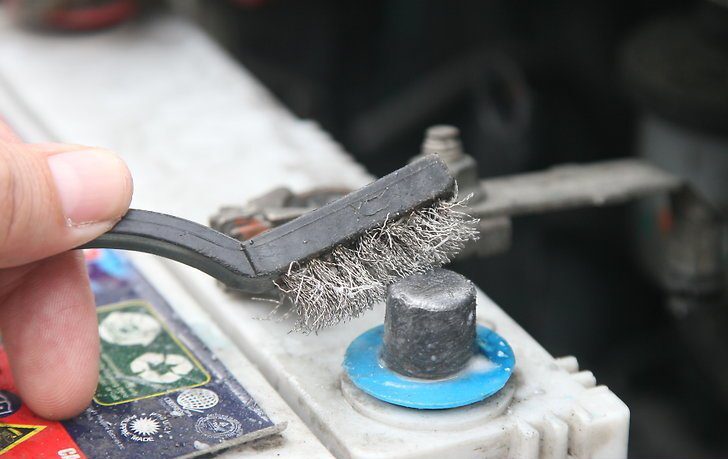
Step 2: Jump-Start the Car
- 🔌 Connect jumper cables correctly:
- Red to dead battery’s (+) → Red to donor battery’s (+).
- Black to donor battery’s (-) → Black to unpainted metal on dead car.
- 🚗 Start the donor car, then the dead car.
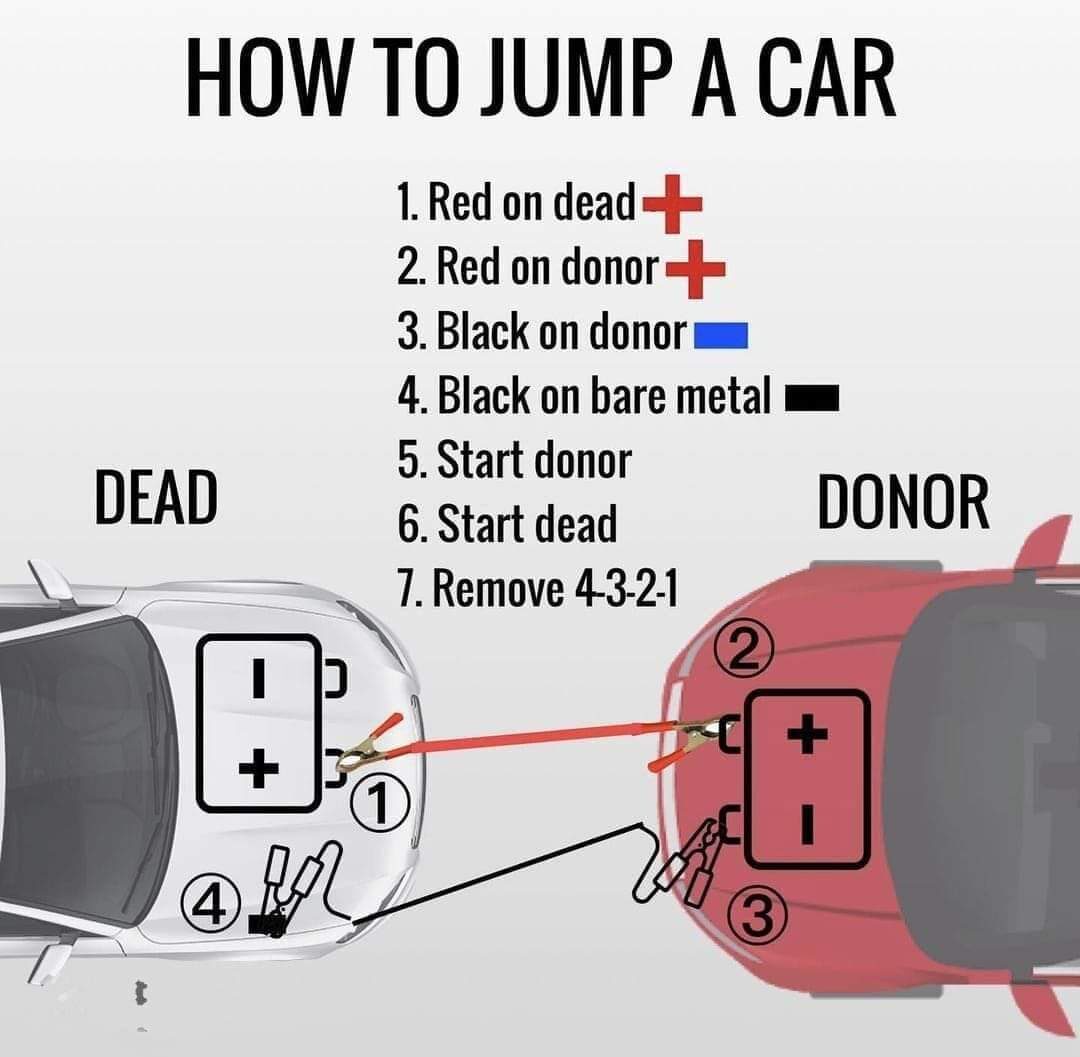
Step 3: Test and Replace the Battery
- 📏 Use a multimeter: Below 12.4V means weak battery.
- 🔄 Opt for AGM or lithium-ion batteries for longevity.
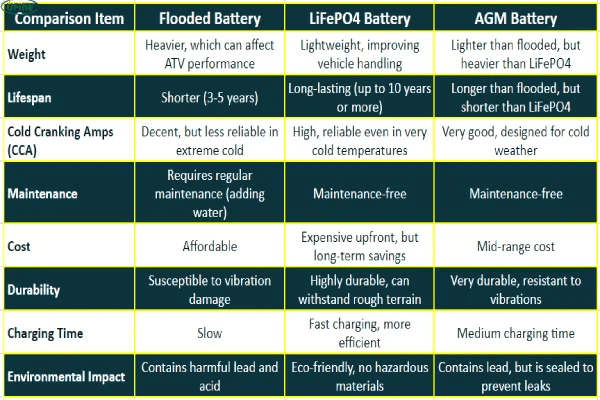
Pro Tip: Keep jumper cables in your trunk!
4. Troubleshooting a Bad Starter
🔧 When the Starter Motor Fails
Step 1: Check the Starter Relay
- 📍 Locate the relay in the fuse box (refer to your car’s manual).
- 🔄 Swap it with a similar relay (e.g., horn relay) to test.
Step 2: Tap the Starter
- 🔨 Gently tap the starter with a wrench while someone turns the key.
- ⚠️ Caution: Don’t force it—this is a temporary fix.
Step 3: Replace the Starter
- 🛠️ Disconnect the battery, remove mounting bolts, and unplug wiring.
- 🔧 Install the new starter and reconnect components.
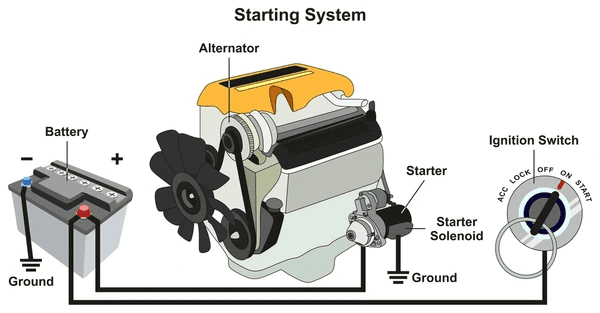
5. Diagnosing Alternator Problems
🔄 Is Your Alternator Charging the Battery?
Step 1: Voltage Test
- 🔌 With the engine running, multimeter should read 13.5–14.8V.
- 📉 Below 13V = faulty alternator.
Step 2: Inspect the Serpentine Belt
- 🔍 Check for cracks, glazing, or looseness.
- 🔧 Adjust tension or replace if damaged.
Step 3: Replace the Alternator
- 🔄 Disconnect the battery and alternator wiring.
- 🛠️ Remove the old alternator and install the new one.
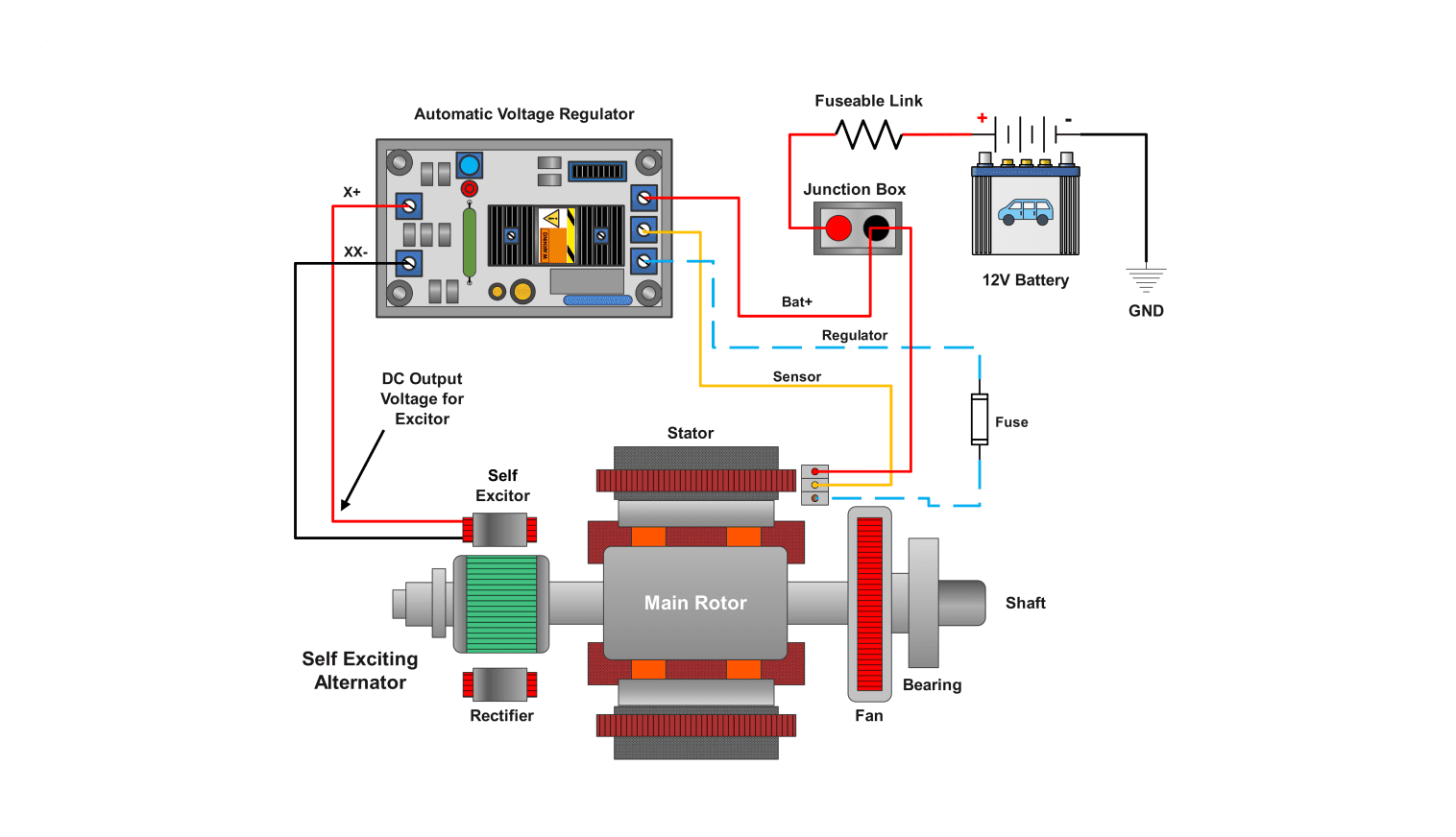
6. Prevention Tips
🛡️ Avoid Future Breakdowns
- ✅ Battery Maintenance: Clean terminals every 6 months.
- ⏳ Alternator Belt: Replace every 60,000–100,000 miles.
- 🔍 Starter Care: Listen for unusual noises during ignition.
7. FAQ Section
❓ Common Questions Answered
Q1: Why does my car only start with a jump?
A: Likely a dying battery or faulty alternator. Test both!
Q2: Can I drive with a bad alternator?
A: Not recommended—your battery will drain within miles.
Q3: How long do starters last?
A: 100,000–150,000 miles, but depends on usage.

8. Conclusion
🛠️ Know When to Call a Pro
If DIY fixes fail, consult a trusted mechanic. For severe issues like internal starter damage or alternator wiring faults, professional help ensures safety.
Expand Your Automotive Knowledge 📝
Explore 500+ Free Expert-Curated Guides
🚗 Learn New Skills
From basic maintenance to advanced repairs — clear, actionable tutorials for every skill level.
🌍 Access Anywhere
Mobile-friendly guides with HD visuals. No downloads required.
- Guides & Tutorials
- Car Maintenance 101
- Diagnostics & Troubleshooting
- Seasonal Maintenance
- Budget-Friendly Repairs
- Electrical Systems Guide
- Car Safety & Reliability
- Tools & Product Reviews
- Routine Maintenance
- Car Modifications & Upgrades
- Buying/Selling Guides
- Eco-Friendly Car Care
- Advanced Repairs
- Car Laws & Compliance
- Emergency Repairs
- Future Car Tech

